A HEALTHY BOTTOM-LINE ENABLES A HEALTHY AUSTRALIA
July 2019
Fitness First Australia is one of Fitness & Lifestyle Group’s biggest energy users. The Group is saving $3 million over two years by entering into a fixed term electricity contract with the support of an energy services provider.
Fitness & Lifestyle Group, as one of Asia-Pacific’s largest health and wellness groups, includes well-known brands Fitness First, Australia, Goodlife Health Clubs Australia, Barry’s Bootcamp Asia-Pacific, Jetts Fitness and Zap Fitness. The group helps 725,000 members in Australia, New Zealand and South-East Asia live healthier and more active lives.
With a portfolio of over 400 owned and operated fitness clubs across Australia, Fitness & Lifestyle Group has a considerable energy load. And with some of the group’s gyms operating 24/7, the company works with a leading energy services company to optimise its energy strategy.
One of the ways in which Fitness & Lifestyle Group was able to improve its energy management was by working with its energy services provider to monitor energy market behaviour and model future market trends. By doing this the Group has been able to enter into a two-year fixed term electricity contract that is saving the company $3 million.
In addition to energy procurement, Fitness & Lifestyle group is engaged in an Active Energy Management journey with its energy consultant where the company not only procures energy at a competitive price, but also optimises its energy usage through the uptake of energy efficiency measures.
“Toyota plans to cut emissions at company facilities to zero – globally. One way we’re doing that in Australia is by embracing green building solutions for new and upgraded facilities. We can achieve this by cutting CO2 emissions and adopting renewable energy sources such as solar and wind power and utilising alternative fuel sources such as hydrogen.
For example, at our new Toyota Parts Centre in Western Sydney, we plan to reach zero emissions by 2020 by using energy efficient LED sensor lights and more than 2,000 solar panels. In the year since they’ve been installed, the solar panels have generated 865,394 kWh, or enough energy to power 195 four-person households.”
Find the case study on page 30 of the second edition of Navigating a dynamic energy landscape: a briefing for Australian businesses.

